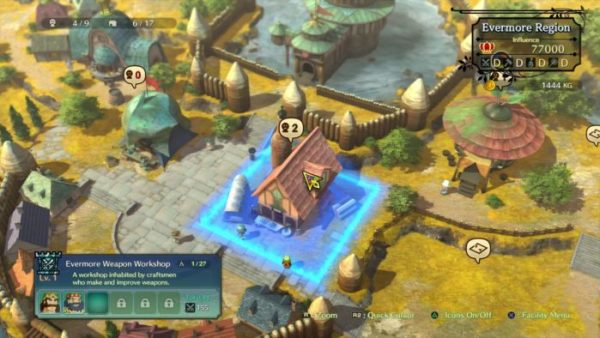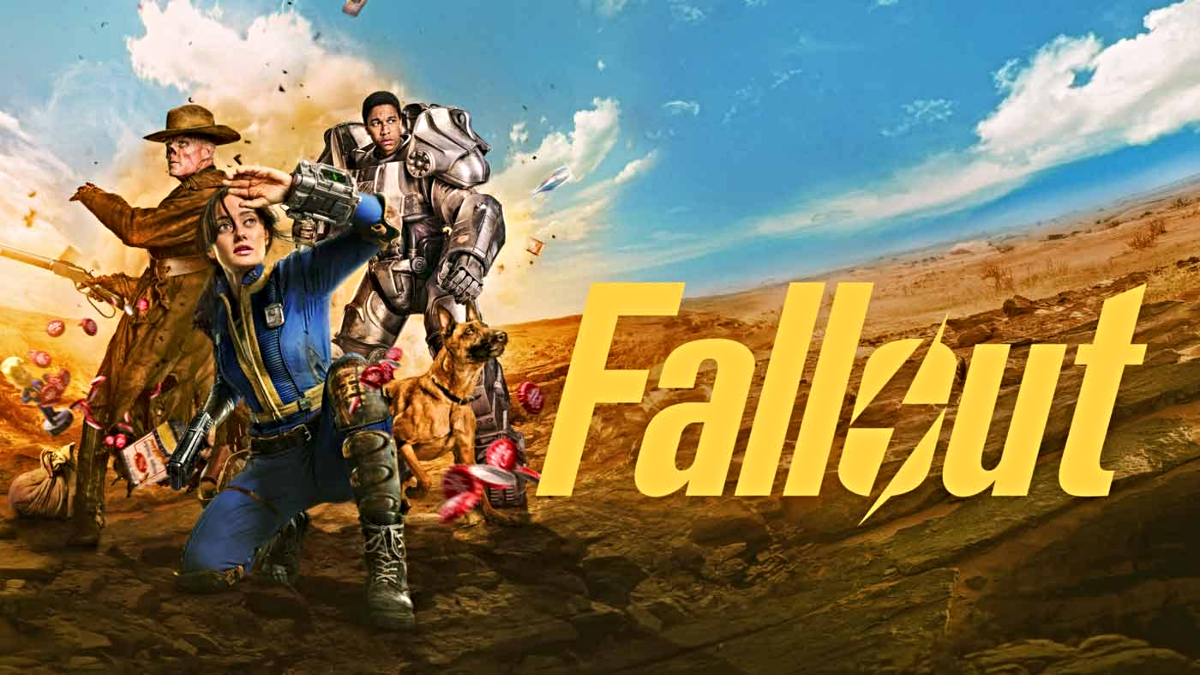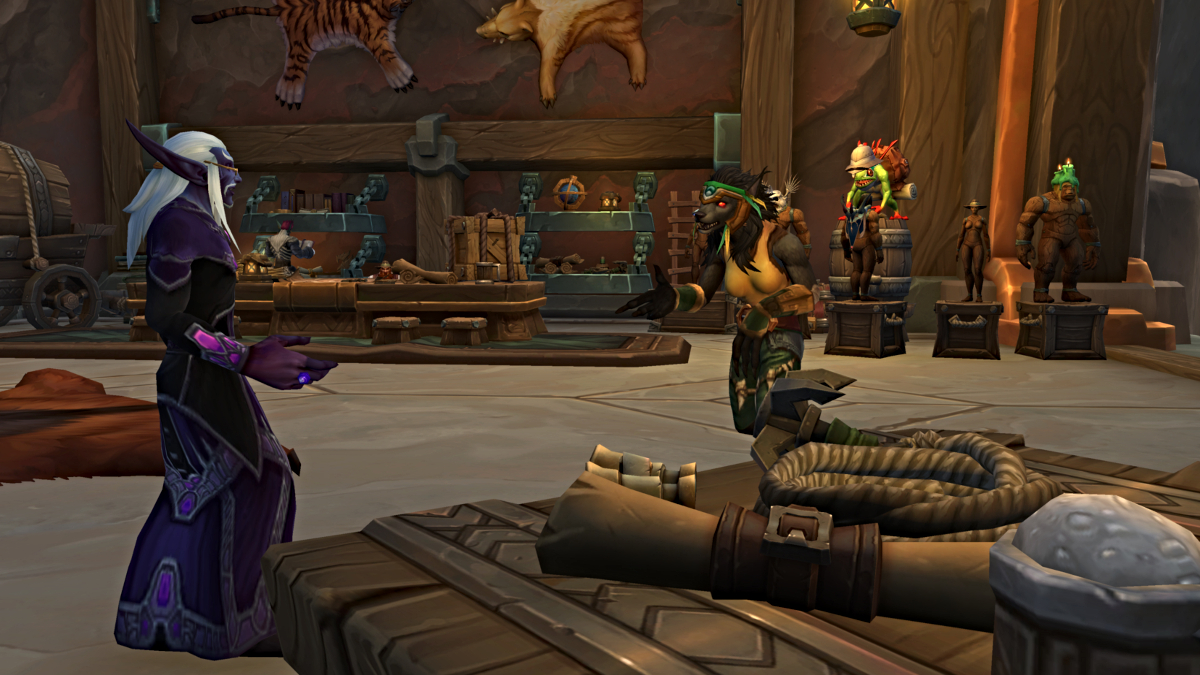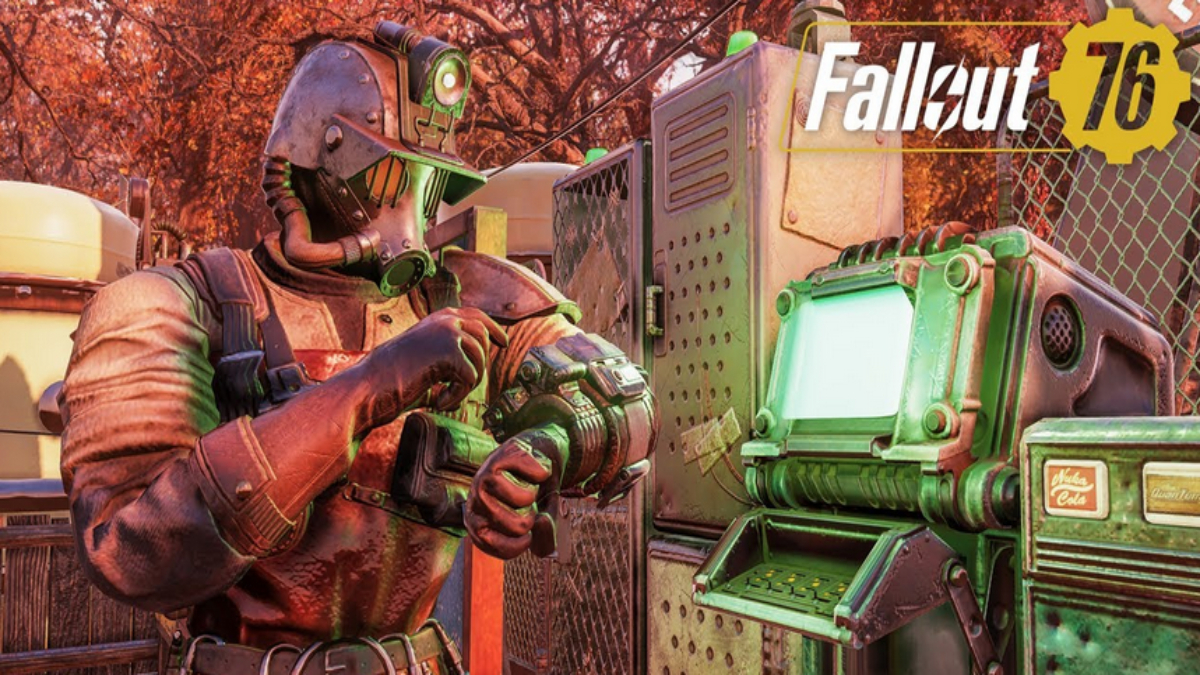The JRPG genre has blasted back into notoriety in recent years with a wealth of strong titles like Final Fantasy XV, Persona 5, Xenoblade Chronicles 2, Bravely Default, and Tales of Berseria. Many of these games have found ways to update or modernize certain aspects of the JRPG, whether that’s Final Fantasy XV’s breakneck action combat, Persona 5’s fascinating dungeon design, or Bravely Default’s customization of its battle system. JRPGs keep finding ways to change and evolve, and that’s doubly true of the recent released Ni No Kuni II: Revenant Kingdom.
Ni No Kuni II has all the trappings of a classic JRPG: the story of redemption, a young protagonist, a colorful cast of characters, tons of equipment, and a complex battle system. What the game really does well, however, is find a way to smartly link all of its gameplay systems together, while finding ways to streamline typical genre tropes.
Grinding is usually part and parcel of a JRPG, and you just have to accept that at some point you’ll need to grind a few levels out. Ni No Kuni II surprisingly cuts out all the need for grinding, giving you various options to deal with enemies. First off, the difficulty in the game scales nicely throughout the experience, posing little challenge early on but ramping things up slowly as you go. The general feel of combat is, of course, much improved over the original with its new focus on real-time action. Where Ni No Kuni II really gives you control over its combat, though, is with the Tactic Tweaker. This system lets you alter various parts of the experience, boosting the amount of damage you do against certain enemies, boosting your resistance against status effects, prioritizing which rewards you get, and more.
The Tactic Tweaker allows for a huge amount of customization for battles. If you want to earn a ton of experience, simply set your rewards to that, minimizing gold and items and prioritizing XP. Or if you’re going up a particularly nasty tainted monster, adjust your gauges to give you an advantage over its type. The system is completely optional to use, meaning if you want to play Ni No Kuni II like a straight JRPG, you can ignore it. However, for players that might find themselves struggling in battles, they can adjust the experience how they want to. This goes a long way towards making the game more accessible than other JRPGs, giving new and experienced players alike options for customizing their experience. Adding onto this is the fact that each of the party members in the game are equally useful.

Every party member has the same basis to their attacks with light, heavy, and ranged. There are only minor differences in basic move sets, but the differences really come into play with skills. For example, Roland’s skills are entirely focused on getting up close and personal to do massive damage, while Bracken puts more of an emphasis on ranged and support moves. The real importance here is that you can use any one character in combat and be just fine, there’s no downside to it. Other JRPGs, like Tales for instance, have characters with wildly different move sets, and playing a magic user is much different than playing a sword-wielder. Ni No Kuni II alleviates this by making each character similar in design, but different enough that you can have fun swapping between them. The balance between characters is key, and Ni No Kuni II shows how you can differentiate these characters without going too wild, like in other games.
The true achievement of Ni No Kuni II, however, is how it links each and every system in the game together. Oftentimes elements of a JRPG feel like disparate or separate from the main story. Things like the Chocobo Racing in Final Fantasy XV are completely optional and don’t really play into the main goal in any way. Many JRPGs segment off their side quests or secret dungeons as extra experiences that have no bearing on the main proceedings of their story. Ni No Kuni II doesn’t want to do this, it wants everything you do to feel like it’s contributing in some way to the bigger picture.
The main goal of Ni No Kuni II is building the new Kingdom of Evermore, a place where everyone can live “happily ever after.” About 10 hours into the game is when kingdom building really comes in and everything takes off. Kingdom building does much more than just visually upgrade your area though, it provides you with new equipment, items, spells, bonuses in combat, and much more. Most of the side quests in the game loop into this system by either rewarding you with a new citizen or some kind of item that’s beneficial. At the same time items enemies drop in combat can be used in forging new equipment, spells, and Higgledies in your kingdom. Even side quests that don’t directly reward your kingdom have story behind them that play into the idea of Evan and company trying to make the world a peaceful, better place.

There’s a ton of side content in Ni No Kuni II but everything revolves around the idea of Evermore and uniting the world. Each action you take, whether it’s fighting enemies or exploring a cave, rewards you in some way that always ties back into the kingdom building. Again, this is a system you can minimally engage with if you want to just play straight through. You can make your way through Ni No Kuni II just fine and only touch kingdom building once or twice. However, a deep system remains there for those that want to engage with the game even more.
This is something other JRPGs, even the likes of Final Fantasy, should take note of. Ni No Kuni II is almost reminiscent of The Witcher 3, in how everything ties into that main narrative/idea, even though most side quests aren’t as story-heavy. Ultimately this is a better way to design things, to keep players feeling like they’re always on that track, that they’re always contributing to that goal. Even other great JRPGs struggle with this, with Final Fantasy games having completely off the wall side quests, while others like Xenoblade Chronicles just have countless activities that feel like nothing more than fetch quests.
It’s hugely refreshing to complete side quests and have a real reward that helps improve your kingdom, rather than just getting a quick item and being done with it. You can then, in turn, complete research in your kingdom that improves your abilities or rewards in battle, creating this satisfying loop that carries throughout the game.
Ni No Kuni II is a modern JRPG in every sense of the word, and while it isn’t as long as other titles, its focused design makes for a much smoother experience. It’s a refreshing entry in a genre that’s seeing new life breathed into it, and hopefully it can serve as an example moving forward. New JRPGs and big franchises could all stand to take a page from Ni No Kuni II’s book.





